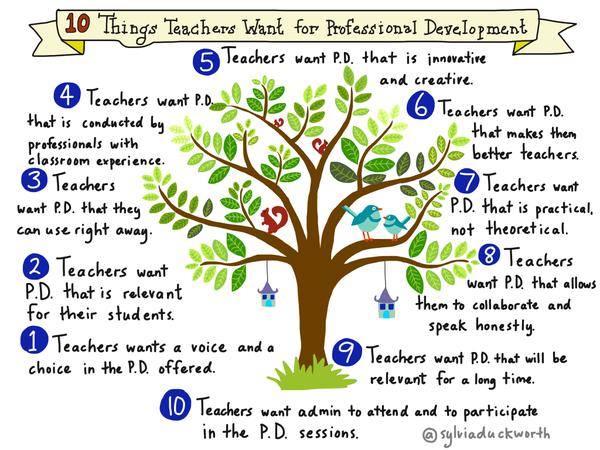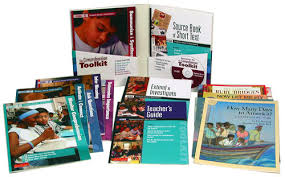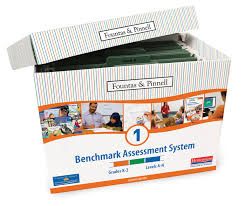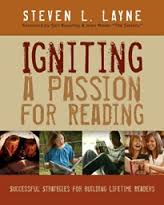
The first and most important step in high quality PD is understanding that adult learners are different than student learners.
7 Characteristics of Adult Learners
- Adults bring vast amounts of background knowledge, experiences, and skills
- Adults have strong ideas, beliefs, values, and passions based on experiences
- Adults are goal oriented (and the goals are usually fast paced)
- Adults are more flexible learners
- Adults have high expectations
- Adults have many commitments and many demands on their time
- Adults are generally motivated to learn
These 7 characteristics can be both beneficial and create challenges in professional development. The best ways to engage adult learners and their characteristics positively in PD are to draw on teachers’ knowledge and validate their experiences, manage the group effectively, and observe dynamics, strengths, limitations, and needs. High quality PD is not controlling or lecture based. High quality PD is composed of the Constructivist Principles of Teaching.
| Constructivist Principles of Teaching |
Why this is important |
How this is achieved |
| Encourage active participation |
Learning is an active process and learners need to “buy – in” |
Not through lectures but more collaborative/ discussion based |
| Organize small- group discussions around common concerns |
Encourages active learning and oral language leads to better understanding |
Asking open ended/ reflective questions
Allowing for Small-group discussions/ turn and talks |
| Introduce new concepts in context |
Make the learning/ goals relevant and clear |
Live or videotaped demonstrations of the skill |
| Create a safe environment |
Teachers need to feel supported and confident in trying something new in order to be successful |
Positively encourage and respond to teachers! Allow teachers to reflect on how it went with a supportive small group.
Never require/make someone share whole group, respect that teachers might be uncertain and afraid.
Don’t rush the process. |
| Develop teachers’ conceptual knowledge through conversation around shared experiences |
Allows teachers to make sense of new/ expanded information and construct meaning and how it relates to their classrooms, students, and experiences |
Teachers discuss, converse, and listen to colleagues about shared experiences. |
| Provide opportunities for teachers to use what they know to construct new knowledge. |
We develop a better understanding when we connect new knowledge with prior knowledge |
Ask questions that prompt teachers to connect what they know and believe to their practice. Keep discussion specific to student work or observations of student behavior. (Don’t talk abstract) |
| Look for shifts in teachers’ understanding over time |
Learning something new takes time and each person learns at their own rate. |
Look for evidence that teachers have shifted their understanding or how they think about and apply a concept.
Acknowledge these shifts in thinking. |
| Provide additional experiences for teachers who have not yet developed needed conceptual understanding |
Adults must construct their own understanding. You cannot do it for them! |
Provide clear demonstrations by experts, discuss demonstrations, ask questions, allow teachers to try it (video tape if comfortable), analyze how it went privately, guide the teacher in reflecting on their own strengths and weakness/changes they could make |
In theory, these principles look and sound great but then why is so much of teacher PD seen as boring and ineffective? I found an additional article that put an interesting spin on PD. The article encourages educators to practice what they preach and differentiate professional development. We are encouraged and expected to differentiate for our students’ learning why no teachers’ learning too? Pauline Zdonek, math coach and author of the article, provides some simple strategies to improve PD sessions through differentiation.

The first strategy is to gauge teachers’ readiness. This is like pre-assessing students’ knowledge about a topic or skill before teaching it. We gauge what the students already know about the topic in order to identify what background knowledge they bring. This can allow us to modify our instruction based on the needs of our audience and flexibly group to instruct learners at their varying readiness levels. Lyons and Pinnell may identify this in their Spiral of Learning as assessing the context.
The second strategy is to utilize teachers’ interest. Some PD comes as a requirement from the district office but highly effective PD comes from what teachers WANT to learn. This can be achieved through the needs based assessment, through observations, and teacher conversations.
The third strategy is to get teachers involved. This looks like allowing teachers with skills or experience in the area to run small group sessions. This creates a sense of ownership and most times teachers are more open to listening to another teacher or someone “in the trenches.” This relates to the importance of an expert demonstrating the skill (Lyons & Pinnell). Just remember, this doesn’t mean going out and finding an expert. Look for expertise in different areas right in your own school!
The fourth strategy is to provide opportunities for continual assessment. Lyons and Pinnell would also agree with this idea. It’s not a one-time PD. Provide time for teachers to discuss and reflect on how they are incorporating the concept over a period of time. “20 The number, on average, of separate instances of practice it takes a teacher to master a new skill, and this number may increase if a skill is exceptionally complex” (Gulamhussein).
The idea of differentiating PD is intriguing. Could we gauge teachers’ prior levels of understanding and experiences prior to PD and allow teachers to attend different sessions of PD based on what they already know? Can we differentiate PD by allowing expert peers to lead breakout sessions? When I reflect on my experiences with PD, it looks like the entire staff sitting in one room doing the same thing at the same time. We are all watching the same video, we are all listening to the same speaker, we are all asked to turn and talk at the same time, it is pretty much the “old school” approach of direct instruction. What if instead, PD looked more like our classrooms and teachers rotated through different stations? Teachers watched their own video on a concept and discussed their learnings? Teachers who were ready for the next step or more knowledgeable in the skill could move on to the next step of professional learning while those who weren’t ready or needed more time and practice could get it?
To view the article on differentiating PD follow the link: http://www.edutopia.org/blog/why-dont-we-differentiate-pd-pauline-zdonek
High quality PD is an ongoing process. Teachers must continually feel supported throughout and data should be analyzed often to determine progress and effectiveness of PD. When thinking of highly effective PD, those leading it should resemble conductors of an orchestra. “A good conductor simultaneously hears, evaluates, co aches, and leads every individual player, the sections, and the group as a whole” (Lyons and Pinnell, 2001, p 45).
aches, and leads every individual player, the sections, and the group as a whole” (Lyons and Pinnell, 2001, p 45).
In summary, we need to provide more opportunities to differentiate PD for teachers. The workshop model is ineffective. We need to provide CONTINUOUS SUPPORT and TIME for teachers to implement their new learnings in a positive and supportive environment.
For more information on PD visit: http://www.centerforpubliceducation.org/Main-Menu/Staffingstudents/Teaching-the-Teachers-Effective-Professional-Development-in-an-Era-of-High-Stakes-Accountability/Teaching-the-Teachers-Full-Report.pdf
Resources:
Gulamhussein, A. Teaching the Teachers Effective professional Development in an Era of High Stakes Accountability. The Center for Public Education. Retrieved from: http://www.centerforpubliceducation.org/Main-Menu/Staffingstudents/Teaching-the-Teachers-Effective-Professional-Development-in-an-Era-of-High-Stakes-Accountability/Teaching-the-Teachers-Full-Report.pdf
Lyons, C. & Pinnell, G. (2001) Systems For Change In Literacy Education A Guide to Professional Development.Portsmouth, NH: Heinemann.
Zdonek, P. (2016) Why Don’t We Differentiate Professional Development. Edutopia. Retrieved from: http://www.edutopia.org/blog/why-dont-we-differentiate-pd-pauline-zdonek

 Fountas and Pinnell BAS Kits
Fountas and Pinnell BAS Kits
 hat a student at that level needs to master. This being said, there are multiple activities on making inferences but the activity for level Q is much more rigorous than the making inferences activity for level J. The pages of this book are pleasing to look at, full of color and examples!
hat a student at that level needs to master. This being said, there are multiple activities on making inferences but the activity for level Q is much more rigorous than the making inferences activity for level J. The pages of this book are pleasing to look at, full of color and examples! Igniting a Passion for Reading by: Steven L. Layne
Igniting a Passion for Reading by: Steven L. Layne


 The Golden Rule:
The Golden Rule:


 aches, and leads every individual player, the sections, and the group as a whole” (Lyons and Pinnell, 2001, p 45).
aches, and leads every individual player, the sections, and the group as a whole” (Lyons and Pinnell, 2001, p 45).
